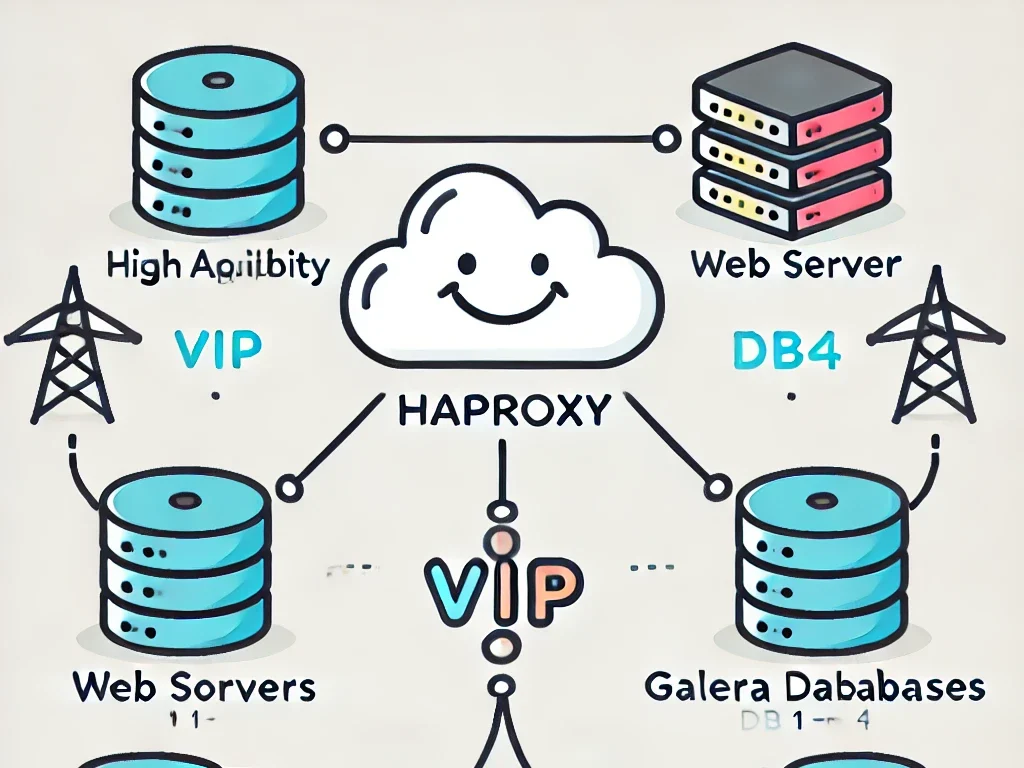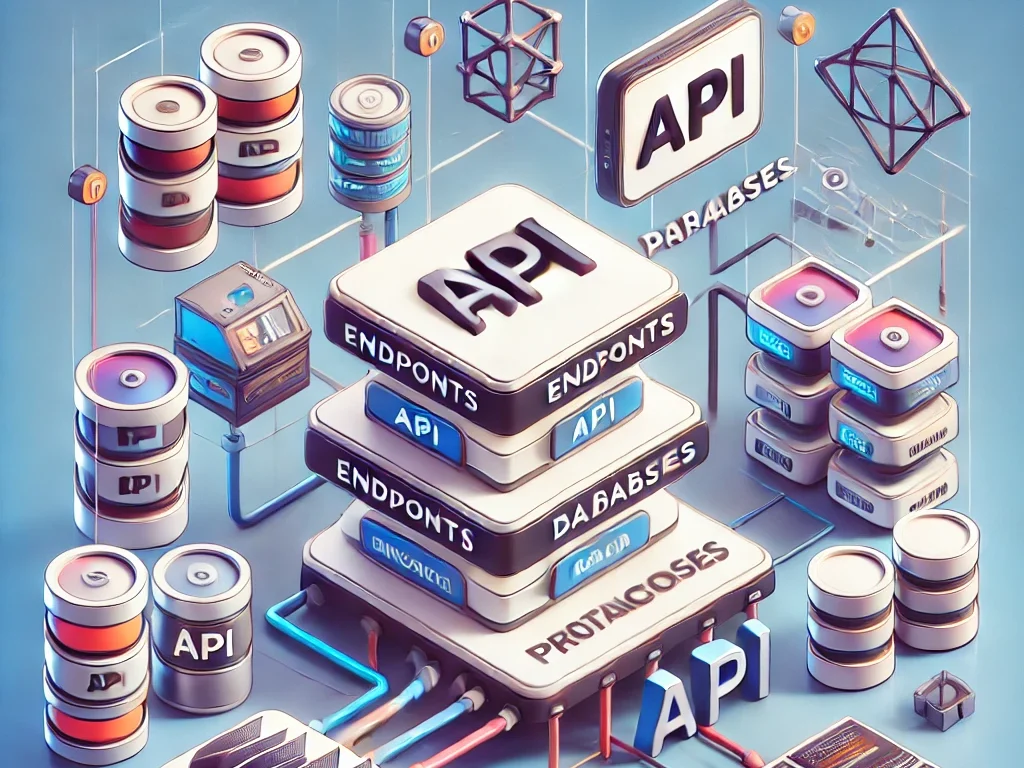Howto

Getting Started with Ollama: Installation and Usage Guide
Artificial Intelligence is evolving at a rapid pace, and one of the most exciting developments is the ability to run powerful AI models locally. Ollama is an incredible framework that allows users to leverage AI models efficiently on their own machines, without relying on cloud-based services. In this guide, we’ll walk you through installing Ollama,

HA Galera Cluster with HAProxy and Keepalived: Simplifying the Setup
When managing a database cluster in production, ensuring high availability and load balancing is critical. Initially, we used GLB (Global Load Balancer) on each webserver to balance connections to our four Galera MySQL servers. GLB worked fine, but maintaining it across multiple webservers quickly became cumbersome. So we decided to simplify and centralize our setup

Effortless Backups for Galera Cluster with XtraBackup
Maintaining high availability in a Galera Cluster environment requires a robust and reliable backup solution. XtraBackup is a popular choice, offering non-blocking backups that preserve data consistency across all nodes. Whether you need a full backup for disaster recovery or incremental backups for efficient storage use, XtraBackup integrates seamlessly with Galera. This guide walks you

Evolving Our Database Class – Introducing Exponential Backoff and Enhanced Performance
In a previous blog, we showcased a robust database class designed to streamline database interactions and handle common issues like deadlocks gracefully. While the original version was reliable, we’ve since implemented significant improvements to address real-world challenges, particularly in high-concurrency scenarios. Today, we’re excited to introduce exponential backoff in our retry mechanism, enhanced logging, and

·
Efficient Database Operations in a Galera Cluster with PHP
Working with distributed systems like a Galera cluster introduces unique challenges when managing database operations. Deadlocks, serialization issues, and transaction conflicts can easily disrupt your application’s performance if not handled properly. Recently, I implemented a robust PHP class to handle CRUD (Create, Read, Update, Delete) operations efficiently in such an environment. Here’s how it was

·
From Time Series to Insights: Building Machine Learning Models with InfluxDB
In this blog, we will walk you through a practical process of extracting data from an InfluxDB time-series database, preparing it for analysis, and leveraging it to train machine learning models. InfluxDB is a powerful time-series database designed for metrics and events. Along the way, we’ll also explore how to identify the best features for your models.

Simplify Your Server Deployments with a Smart Installation Script
Server deployments can be tedious, especially when you need to configure each server manually. Tasks like setting up directories, copying scripts, installing dependencies, and scheduling periodic jobs can be repetitive and error-prone. Wouldn’t it be great if all of this could be handled with a single command? That’s where a robust installation script comes in.

Building a Web-Based SQLite Database Manager with React and Flask
In this blog, we’ll take you through the development of a feature-rich, web-based SQLite database manager. We’ll use Flask to build a backend API and React to create an interactive frontend. Along the way, you’ll see how to handle table views, CRUD operations, and even manage foreign key relationships dynamically. This project is perfect for

From Chaos to Clarity: Modular API Design in Python
APIs are a cornerstone of modern software, but as they grow, their complexity can spiral out of control. What starts as a straightforward script quickly evolves into a tangled web of functions, routes, and hard-coded logic. We’ve been there. Today, we’re sharing how we transformed our monitoring API from a monolithic script into a modular,

From Data to Predictions – Building a Smarter Monitoring System
In the ever-evolving tech landscape, predictive monitoring isn’t just a luxury – it’s a necessity. What if your servers could tell you when they need updates, resources, or attention? With data collected via our API and some machine learning magic, we’re taking the first steps into smarter, data-driven monitoring. In this blog, we’ll explore how

Building a Secure, Configurable, and Scalable Monitoring API
In a world where infrastructure monitoring is vital, having a flexible and secure way to collect and process custom data is essential. In this blog post, we’ll take you through building an API that not only allows for dynamic field configurations but also includes robust security with API keys tied to specific servers. We’ll walk

Securing APIs And Enhancing Flexibility and Security
APIs have become the backbone of modern applications, allowing seamless integration between systems. However, with great connectivity comes great responsibility. Securing APIs And Enhancing Flexibility and Security is critical, especially when handling sensitive or high-value data. In this blog post, we’ll dive into how we enhanced the security and flexibility of our previously developed API












